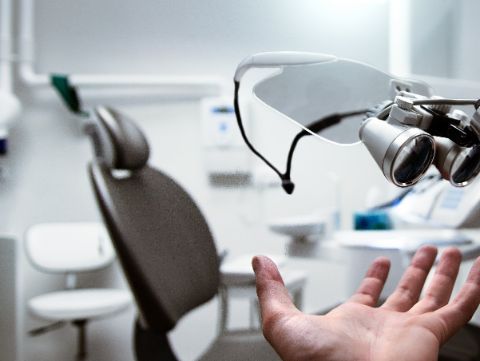AI-powered Insights for Accelerating Medical Technology to Market

Bringing any new product to market is time consuming and difficult.
Where can it be sold? At what price? How is it promoted in the market place? What competitors does it have?
Most importantly, what is the product, and what features does it have?
These questions need to be thought about at project startup, and revisited many times during the development lifecycle. The features of the product will determine what approval routes must be used not only prior to sale (which is too late and costly!) but also throughout the product development journey.
It may be the case that removing one or two features avoids an expensive approvals test, but makes it only slightly less attractive to customers, and vice versa.
The purpose of AI-powered insight tools for medical technology is that developmental questions like this can be quickly answered, without having to resort to an expensive discussion with an approvals consultant. Now that UK has left the EU, different regulations apply in each block, and of course different again for the USA.
First step, define the product, and what it does. Is it a ‘Medical Device’, ‘In Vitro’ device (i.e. tests done outside the body – such as pregnancy), ‘Medicine’ (taken or external, e.g. a cream), a mix, or maybe none of them?
Second question is to establish what ‘Class’ of medical device it is. There are four classes, of increasing risk. Class I is the lowest (e.g. wheelchairs or stethoscopes), through to class III (e.g. heart valves or pacemakers). The higher the class, the more stringent testing and approval rules are required.
These package seeks to identify the type and class of device from a description of the product, and the answers to a few simple questions.
Then a search of past examples. the internet, and approval web sites will attempt to find something similar. This is a three headed sword, in that
- It is possible to see what approval route was used for that device, and use that as a predicate for yours
- The features of competitors products can be examined to aid in your product positioning, or for consideration of removing unnecessary features to save production and/or approval costs.
- The more examples the machine sees, the more it learns from them.
Next stage is to decide what standards and directives are applicable. This comes from information previously entered..
Finally, a list of test houses capable of testing to those directives is given. This enables engagement with those bodies to commence during the design process.
Then according to advice given the product can be changed in an iterative manner to minimise development and approval cost, but maximising competitive advantage.
Photo by Daniel Frank: https://www.pexels.com/photo/person-showing-magnifying-eyeglasses-305565/

